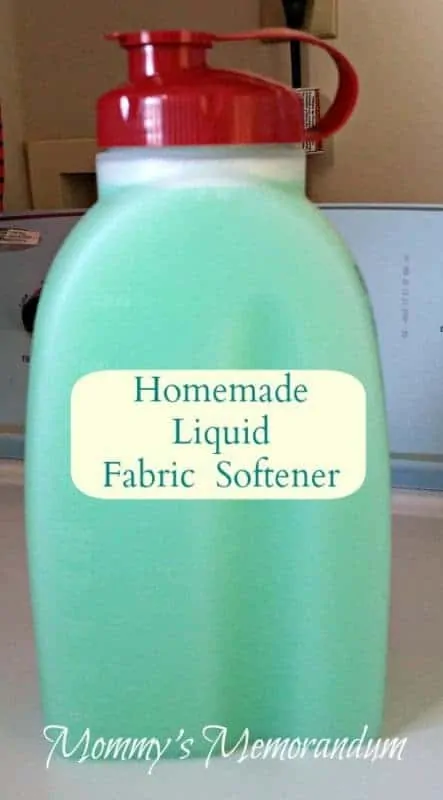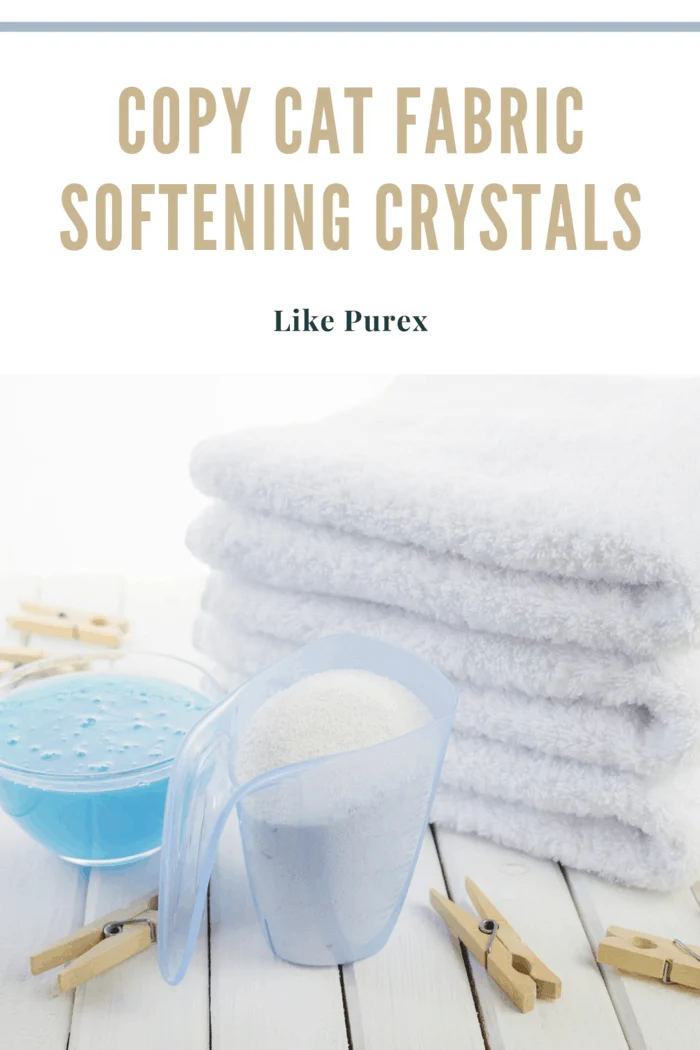How to Make DIY Homemade Fabric Softener
Are you tired of spending a fortune on commercial fabric softeners filled with harsh chemicals? You’re not alone! Thankfully, this DIY homemade fabric softener recipe is a game-changer — simple, affordable, and gentle on your skin and the environment. Best of all, it uses ingredients you probably already have in your pantry.
- Why You’ll Love It
- Ingredients
- Instructions
- How to Use
- No-Conditioner Version
- Reusable Dryer Sheets
- Fabric Softener Crystals
- FAQs
Why You’ll Love This Homemade Fabric Softener
- Budget-Friendly: Save money by making large batches that last for weeks.
- Customizable: Add your favorite essential oils for a personal touch or keep it unscented.
- Eco-Friendly: No harsh chemicals or synthetic fragrances harming the planet.
- Gentle on Skin: Perfect for sensitive skin, babies, and allergy sufferers.
- Easy to Make: Takes less than 10 minutes — no special tools needed.

Ingredients
- 3 cups white vinegar
- 1 bottle of inexpensive hair conditioner
- 6 cups hot water
- Optional: a few drops of essential oils
Instructions
- In a large mixing bowl, stir together the hot water and conditioner until the mixture is smooth. Tip: Stir gently — avoid shaking to prevent foaming.
- Slowly pour in the white vinegar and continue stirring until fully combined.
- Add a few drops of your favorite essential oils, if desired, and stir once more.
- Transfer the mixture into an airtight container or recycled fabric softener bottle for easy dispensing.
How to Use Your DIY Fabric Softener
- Add about 2 tablespoons per small load or 1/4 cup for larger loads into your washing machine’s fabric softener dispenser.
- For an alternative method, soak a washcloth in the softener, wring it out, and toss it into the dryer as a reusable dryer sheet.
Note: Avoid using this fabric softener on clothes with elastic (like leggings or bras), as vinegar may degrade elasticity over time.
Looking for a No-Conditioner Version?
If you prefer to skip conditioner altogether, try this vinegar and baking soda alternative:
- 6 cups white vinegar
- 1 cup baking soda
- 15 drops of essential oil (optional)
Combine ingredients in a large bowl and allow the fizzing to subside before transferring to a storage container. Shake well before each use.
How to Make Reusable Dryer Sheets
Say goodbye to disposable dryer sheets by making your own! Simply soak cotton or flannel strips in your DIY fabric softener, wring out the excess liquid, and let them air dry. Toss one into the dryer for each load and reuse up to 10 times. This is a sustainable, budget-friendly option that smells wonderful and softens clothes naturally.
How to Make Fabric Softener Crystals
Fabric softener crystals are a great natural alternative that’s mess-free and easy to use. Mix together:
- 4 cups Epsom salt
- 40 drops of your favorite essential oil
Combine in a bowl, then store in an airtight container. Use 1–2 tablespoons per laundry load for long-lasting softness and a fresh scent.

FAQs
Is this safe for sensitive skin?
Yes! This recipe is gentle and free from harsh chemicals. You can skip essential oils or choose hypoallergenic options for extra-sensitive skin.
Can I use this in HE washers?
Absolutely. Because it’s low-sudsing, it’s perfectly safe for high-efficiency washing machines.
Will the scent last on clothes?
The scent lasts best when you add essential oils. Feel free to adjust the amount based on your preference.
Does vinegar harm elastic fabrics?
Vinegar can weaken elastic over time, so avoid frequent use on stretchy garments like leggings or bras.
Love this post? Save it to Pinterest, share with friends, and tell me how your laundry turns out in the comments below!
